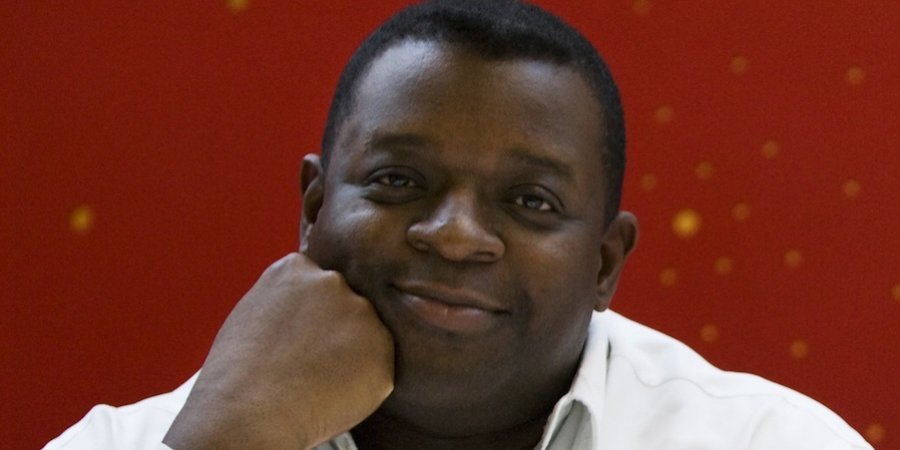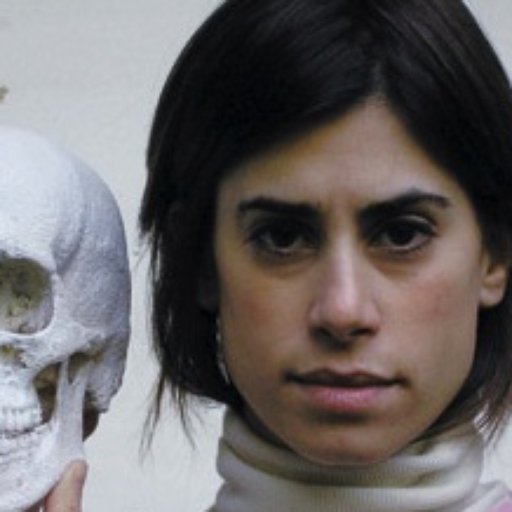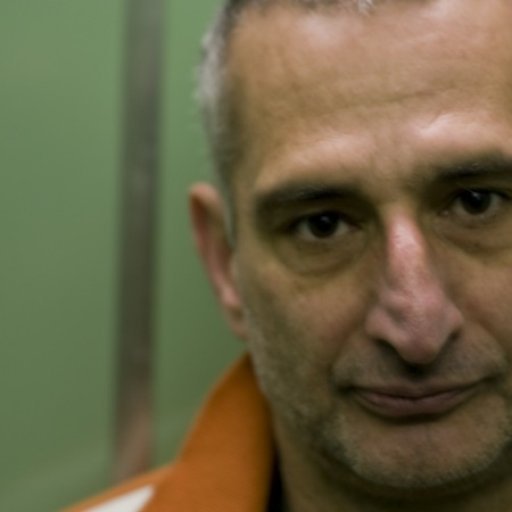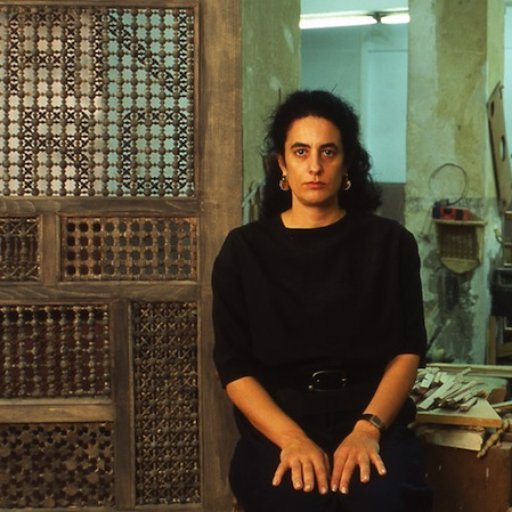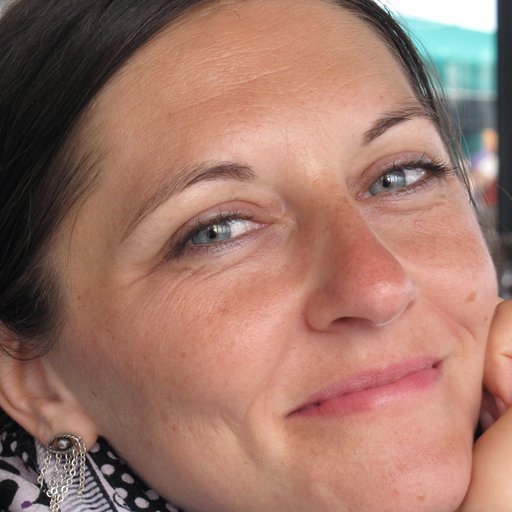Ever since he was nominated for the Turner Prize in 2001, Isaac Julien has been gaining steadily increasing visibility—and acclaim—for his room-filling film installations that immerse the viewer in poetic washes of visual splendor, with occasional cameos by movie stars adding to the atmosphere of luxuriousness. This month the artist will ascend to one of the art world's most prominent stages when his 2010 installation Ten Thousand Waves, a multipartite meditation on the tragic drowning of 20 fishermen off the English coast in 2004 (complete with an appearance by the actress Maggie Cheung), comes to MoMA; a show of Julien's new work will also go on view at Metro Pictures at the same time.
The Pictures Generation artist Louise Lawler is used to showing her work alongside that of other artists—in fact, her photographs typically consist of work by other artists, coolly depicting name-brand icons of art as they are tastefully displayed in collectors' homes, museums, and other out-of-the-studio settings together with furniture, vases, and the other decorative objects of the well-heeled. This month, Lawler's work is going to have another layer of overlap as it is shows in a two-person show at Casey Kaplan Gallery that she is sharing with Liam Gillick, an artist whose elusive conceptual gambits complement her own.
Alexander Calder is one of those artists who is so famous and so widely adored that serious art lovers can easily make the mistake of thinking they know his work, when in fact his oeuvre is far more surprising, diverse, and radical than one might think. This month the sure-to-be-blockbuster show "Calder and Abstraction: From Avant-Garde to Iconic" at LACMA is set to disabuse Los Angelenos of any presumptions that this protean, deeply influential artistic force was merely a whimsical mobile-maker—particularly since the exhibition design is in the hands of none other than Frank Gehry, an architect whose swirling forms owe a great debt to Calder's mastery of floating metal. Other sides of the artist will be on view in two New York shows as well: a display of his sculptures ominously cast in shadow at Venus Over Manhattan and a group show of contemporary artists influenced by his jewelry at Salon 94.
At the end of this month, David Zwirner is bound to cause a stir in New York with its first show of work by Yayoi Kusama, the eccentric Japanese market darling wooed from Gagosian last year, but collectors shouldn't make the mistake of overlooking the gallery's other show in London of a very—make that extremely—different Japanese artist, Yutaka Sone. An architect by training, Sone will make his debut at Zwirner's U.K. outpost with a selection of his minutely detailed takes on the landscape form, including the artist's masterpiece thus far: an impeccably to-scale model of the island of Manhattan, carved atop a billowing mass of marble, that recalls an urbanist's take on Canova's voluptuously recumbent sculpture of the Empress Josephine Bonaparte.
A thirtysomething painter who has attracted a following of admirers who enjoy his haunting, romantic canvases as well as his status as a much-touted market sensation (he's collected in depth by the Rubells and other weather-makers), Hernan Bas has spent the last few years racking up an impressive resume of shows across the country and around the world while based in the unlikely artistic haven of Detroit. This month he's going to make a homecoming to his birthplace of Miami with an adventurous show called "A Queer and Curious Cabinet" at the Bass Museum—that's right, Bas at the Bass—that will forgo his signature paintings in favor of displaying artifacts from his own wunderkammer-like collection alongside a selection of pieces from the institution's permanent collection.
A Catalan artist who divides his time between Paris, where he is a teacher at the École Nationale des Beaux-Arts, and his native Barcelona, where last year he was fêted for winning the country's Premio Nacional de Artes Plásticas, Jaume Plensa is famous for his meditative heads of marble and metal that emerge from the ground like serene, delicately visaged versions of Easter Island's Moai heads. However, the artist is also deeply invested in language—other sculptures are made entirely of words that merge to form human shapes—and this strand of his work will be celebrated this month in "Talking Continents," a show of new sculptures and works on paper at Galerie Lelong.
This spring Claes Oldenburg was a cause célèbre in New York when he had simultaneous twin exhibitions at MoMA, one of them showcasing his legendary 1961 mom-and-pop pop-up shop "The Store." Now this month the Art Institute of Chicago is going to take another look at the artist's iconic food pieces, but through an altogether different historic lens. In the show "Art and Appetite: American Painting, Culture, and Cuisine," the museum will explore the evolution of the classic culinary tableaux in the art of the United States, as expressed by artists ranging from John Singleton Copley to Stuart Davis to Wayne Thiebaud to, yes, Mr. Giant BLT himself.
ISA GENZKEN
If you have noticed a rough-hewn, sardonically tossed-together, nearly derelict, but inescapably gripping strain of assemblage spread through the medium of sculpture over the last decade, best known in the states in the work of the acclaimed artist Rachel Harrison and finding its exhibition apogee in the New Museum's 2007 "Unmonumental" show, then you largely have Isa Genzken to thank. An unconventional artist who has been at the center of the Berlin art scene for nearly three decades (she used to be married to Gerhard Richter), Genzken—whose aesthetic approach might be best expressed by the title of her 2000 series "Fuck the Bauhaus"—is now about to hit New York like an ore-rich meteorite with the opening of her giant new retrospective at MoMA.
JACOB KASSAY
When it comes to attaining art stardom, there's no silver bullet… but there is, in fact, a silver painting. This is the lesson that can be gleaned from the meteoric rise of the young Buffalo-born artist Jacob Kassay, who beginning in 2010 saw his shiny monochrome canvases—made with a chemical process that gives them a dirty-mirror-like sheen—become the status symbol for emerging-art collections, leapfrogging past one auction estimate after another by wild multiples. Since then, the artist has evolved his work beyond these signature paintings to encompass what you could call their mirror-image, raw burlap canvas stretched across frames, and also collaborating with the veteran conceptual painter Olivier Mosset. This month marks another stage in the market phenomenon's evolution: his first show at Chelsea's 303 Gallery.











